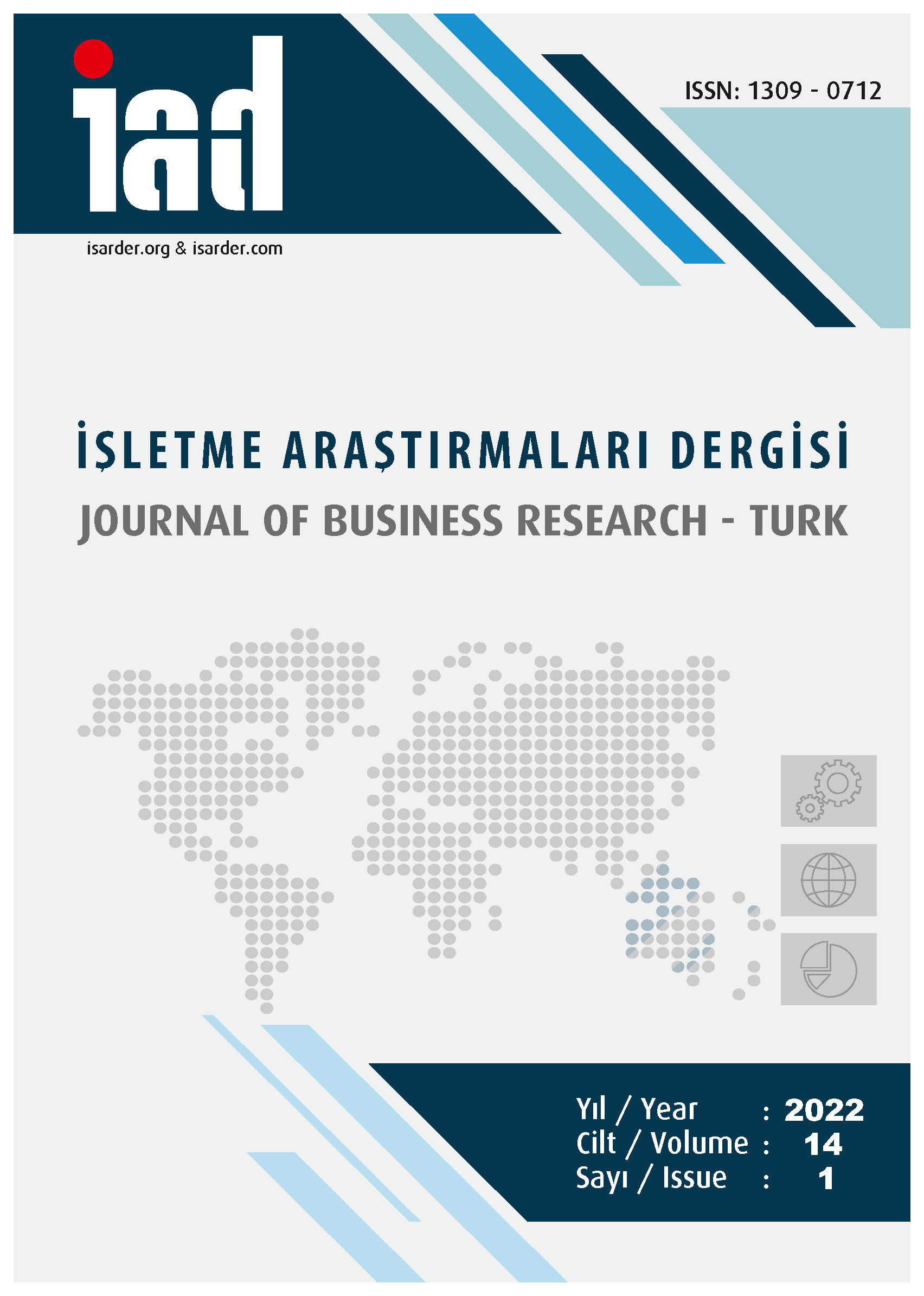The Moderating Role of Employee Motivation in Examining the Relationship between Organizational Support and Absorption
DOI:
https://doi.org/10.20491/isarder.2022.1402Anahtar Kelimeler:
Just In Time Production- Statistical Process Control- QualityÖzet
Purpose – The objective of this study is to apply Statistical Process Control (SPC) system to the cog wheel production. Continuous quality improvement of manufactured products is a fundamental assumption of Just in Time (JIT) manufacturing. One of the tools to achieve JIT quality through the elimination of variability is Statistical Process Control (SPC). Statistical Process Control is a powerful collection of problem-solving tools in achieving quality about process stability and improving capability through the reduction of variability. Variation can be significantly reduced by the help of statistical process control. This study is aimed at examining the added value of Statistical Process Control (SPC) in terms of quality when applied in production lines. Design\methodology\approach – The scope of this study is to examine gear wheel production process in the X jeep factory. Before this study was carried out, there was no work on SPC in this factory. First of all the main problem in the gearboxes was understood and the ways for solving the main problem was explained. Findings – It was found out that SPC is not only a simple control method to determine defective production but also it is a method for blocking defective production. Discussion – Statistical Process Control (SPC) is the most widely used and effective tool that keeps under control of variability in the process.
İndir
Yayınlanmış
Sürüm
- 29-03-2022 (2)
- 27-03-2022 (1)
Nasıl Atıf Yapılır
Sayı
Bölüm
Lisans

Bu çalışma Creative Commons Attribution-NoDerivatives 4.0 International License ile lisanslanmıştır.





